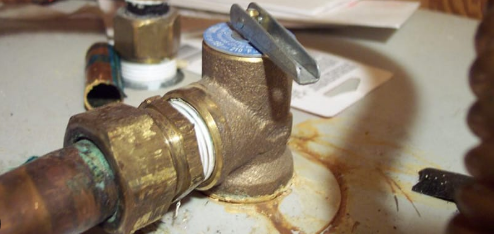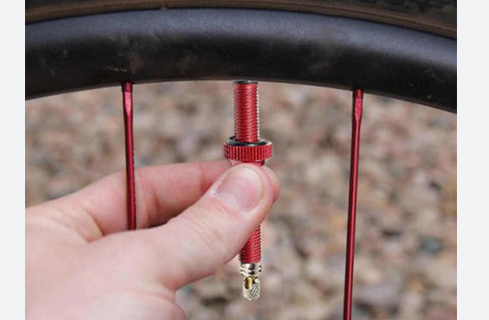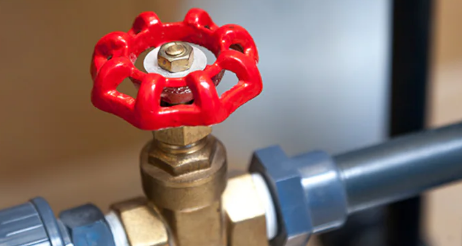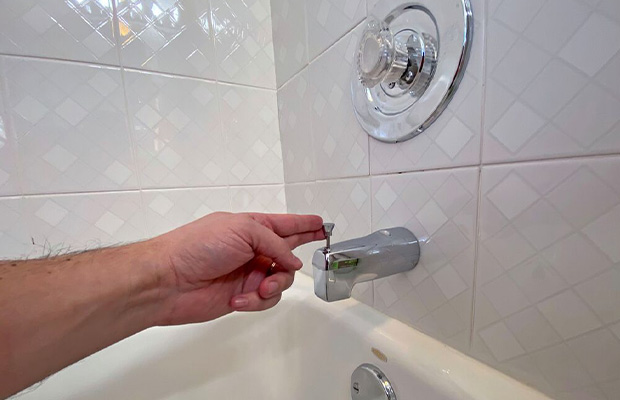
Most homes have a shower diverter valve, but do you know what your diverter valve does? The location determines the answer.
The shower diverter valve enables you to switch the water flow between the tub faucet and the showerhead if your bathroom has a shower-tub combination.
Keep reading and learn all the necessary information about shower diverter valves.
Table of Contents
How Do Shower Diverters Work?
The vertical water pipe that connects to your tub faucet also extends to your showerhead. Water flows directly into the tub through the faucet when the diverter valve is open. To close the diverter valve, however, you must raise the lever or knob when you want to take a shower. By applying pressure, the water is forced to flow upward and out of the showerhead.
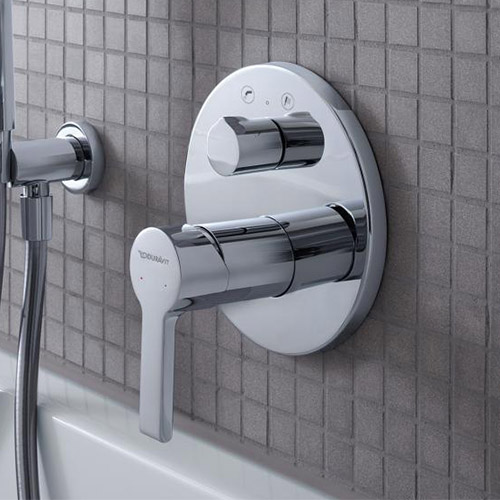
2 Types Of Shower Diverter Valves
Shower diverter valves come in two different varieties. One enables you to use your bathtub as a shower, doing away with the requirement of a separate shower stall. The location of the second kind of shower diverter valve is close to the shower head. It enables you to use both the typical overhead shower and a hand-held showerhead for washing and scrubbing various body parts.
Type 1: Tub Diverter Valve
Your bathtub can become a shower thanks to this kind of shower diverter valve. Water from the tub spout is redirected through it to the shower head. There are actually at least three variations of this type of shower diverter valve:
Three-valve Diverter
The shower diverter valve on a two-tap faucet is located in the space between the taps. The diverter handle is turned clockwise to direct water flow to the shower head after using the hot and cold faucets to achieve the desired shower temperature. The flow can be restored to the bathtub by turning the handle the other way.
Two-valve Diverter
This kind of diverter, which has two L-shaped valves, can be installed between the taps of a two-tap faucet or in the middle of a faucet that controls water temperature with a single dial. Once the desired shower temperature has been set, turning the handle directs water from the tub spout to the shower head.
Tee-diverter
A component of the tub spout is this diverter. All water from the tub spout is directed to the shower head when the diverter handle is pulled straight up.
After showering, release the diverter and allow water to flow back into the tub before turning off the water to lessen stress and wear on each type of valve.
Always set your water temperature while standing outside the tub if you are away from home and come across a shower diverter you are unfamiliar with. This will prevent you from getting burned.
It’s probably time to call in a professional to clean or replace the shower diverter valve if water is coming out of both the tub spout and the shower head in your home shower.
Type 2: Showerhead Diverter Valve
You’ll need a shower diverter valve of this kind if your bathroom already has multiple shower heads or if you intend to add more. Fortunately, it can be installed fairly easily even by a novice, and it comes in a range of shapes to suit your design requirements. Any nearby hardware or home supply store should have a number of affordable shower diverter valves for sale.
Read More: Air Admittance Valve
Common Problems With Diverter Valves
When you turn on the diverter, water should stop flowing from your tub faucet but should start coming out of your showerhead as well. Diverter valves may become worn out or clogged with sediment over time. If this occurs, the valve will not completely close, allowing some water to flow from the tub faucet even when the diverter is turned on.
Read More: Shower Diverter Valve Replacement
When To Fix A Shower Diverter Valve?
Shower diverters rarely malfunction or break because they are such a basic component. It may, and will, eventually wear out, though, just like any moving part. it is usually easy to tell when this has happened. The diverter valve’s failure is most frequently and visibly indicated when water keeps pouring out of the lower bathtub spout when it should have only engaged the shower head. This is typically brought on by an imperfect seal around the inner stopper, which does not completely stop the water flow out of the faucet. With time, these rubber stoppers may deteriorate due to wear and tear or calcium deposits from hard water.
Call A Professional Plumber
Shower diverter issues can be quickly resolved by a qualified plumber. Simple steps like cleaning or changing the rubber stopper will be required after disassembling the diverter apparatus. A plumber may also use this opportunity to check the O-rings and gaskets on the faucet’s handles and other nearby components that connect to the water supply pipes behind the wall.
You May Also Like:

